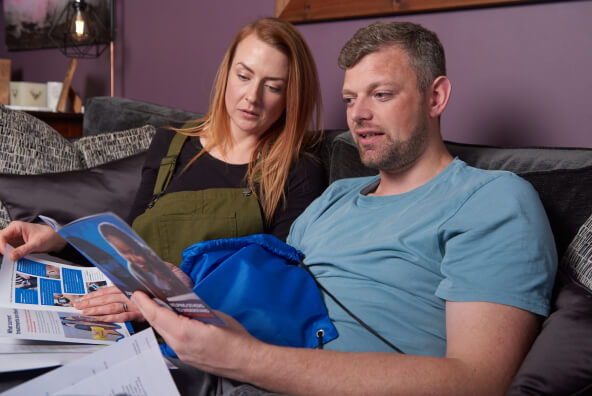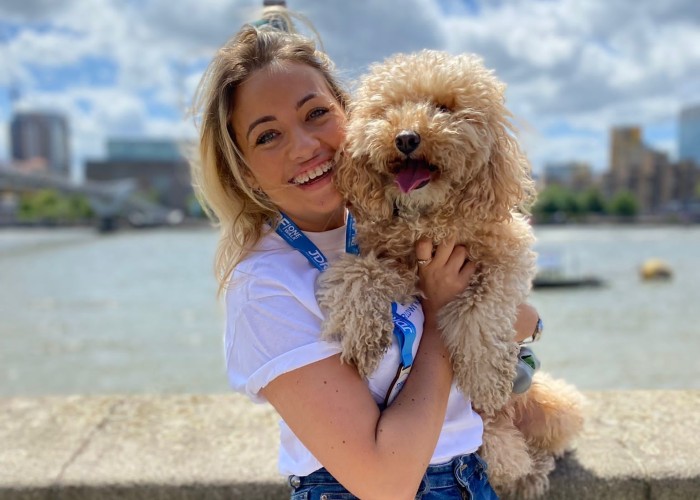Shared experience
The dog weighed more than me
Yasmin Hopkins talks to us about hybrid closed loop and how it changed her life.More shared experiences
Have you been recently diagnosed?
Our guides can help provide you with information and support in your journey to living well with type 1 diabetes.











